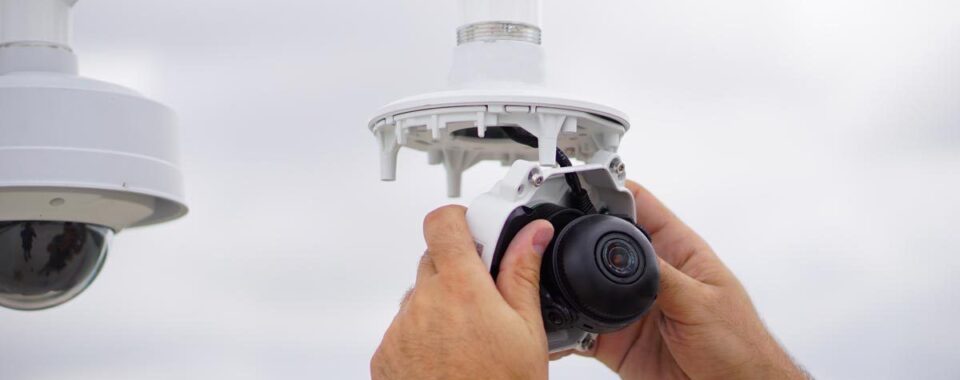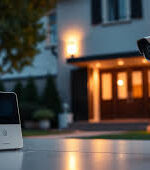
Installing security cameras is a vital step in protecting your property, but even the best equipment can fall short if not installed correctly. In 2025, with technology advancing and threats becoming more sophisticated, homeowners and businesses alike must ensure their camera systems are strategically placed and properly configured. Unfortunately, many users make avoidable mistakes that compromise the effectiveness of their security systems.
One of the most common mistakes is poor camera placement. Cameras should cover all major access points, including front doors, back entrances, garages, and ground-level windows. Installing cameras too high or at the wrong angle can result in blind spots, making it easy for intruders to go undetected. A well-thought-out layout ensures overlapping fields of view and complete coverage of critical zones.
Another frequent issue is ignoring lighting conditions. Many people place cameras without considering how lighting will affect video quality. Cameras facing direct sunlight during the day or placed in poorly lit areas at night can produce overexposed or grainy footage. Opting for models with wide dynamic range (WDR) and infrared night vision is essential, especially for outdoor surveillance.
Failing to secure the cameras themselves is also a major concern. Exposed wires, unsecured mounts, or easily accessible cameras can be tampered with or disabled by intruders. Whether it’s a wired or wireless setup, devices should be installed at a height that prevents tampering and use weatherproof, tamper-resistant housings where necessary.
Many users also overlook network and recording configurations. A security system is only as good as its ability to record and store footage. Not configuring your system to save recordings properly, use secure passwords, or apply encryption could result in lost or stolen footage. Make sure your system is connected to a stable network, with backup power options and cloud or local storage properly configured.
Neglecting privacy laws is another critical mistake, particularly in Canada where regulations require consent when recording audio or capturing footage beyond your property. Ensure your cameras do not overlook neighboring yards or public spaces unless explicitly permitted.
Lastly, skipping regular maintenance and testing leads to gaps in coverage. Lenses can get dirty, software can become outdated, and devices may go offline without warning. Performing monthly checks and keeping firmware up to date ensures your system remains functional year-round.
At KANCAM, we help clients avoid these pitfalls through professional installation and system optimization. Whether it’s a single residential unit or a full-scale commercial surveillance network, we tailor each setup to provide maximum protection and compliance with Canadian regulations.





